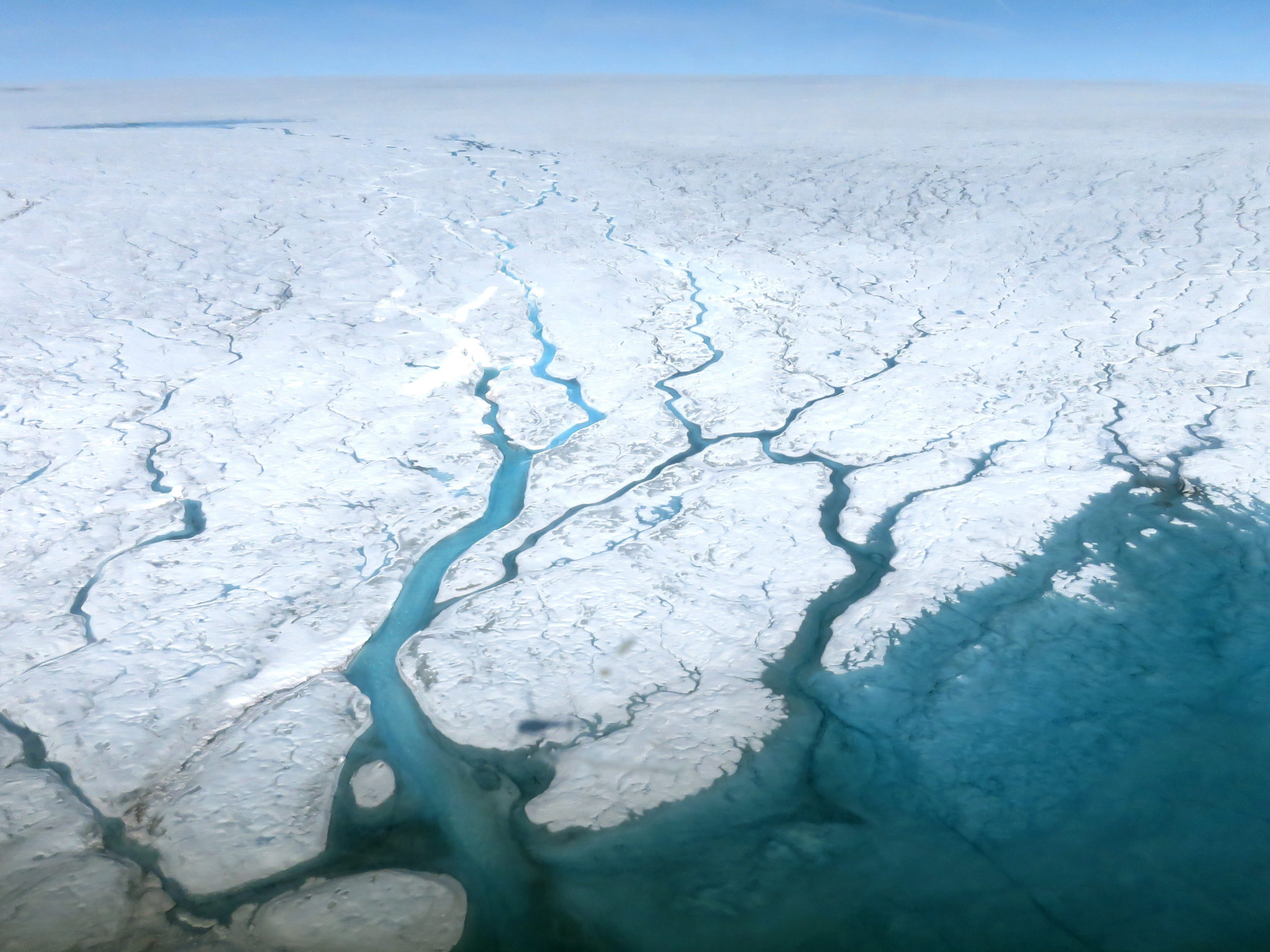
NASA Earth Observatory
Our planet’s ice is melting
Ice loss from polar regions has accelerated 6 fold since the 1990’s due to the increasing temperatures.
Arctic temperatures have risen by 2°C to 3°C, however vast areas in the Arctic warmed even more than this last century – by up to 5°C!
This occurred when the average temperature of the Earth, at the end of the last century, had only increased by 0.8°C – which means if parts of the Arctic had risen by 5°C – those regions had warmed by 6 times more than the world’s average temperature !
These warmer Arctic temperatures are causing the ice to melt…… rivers of melted ice……running to the sea:
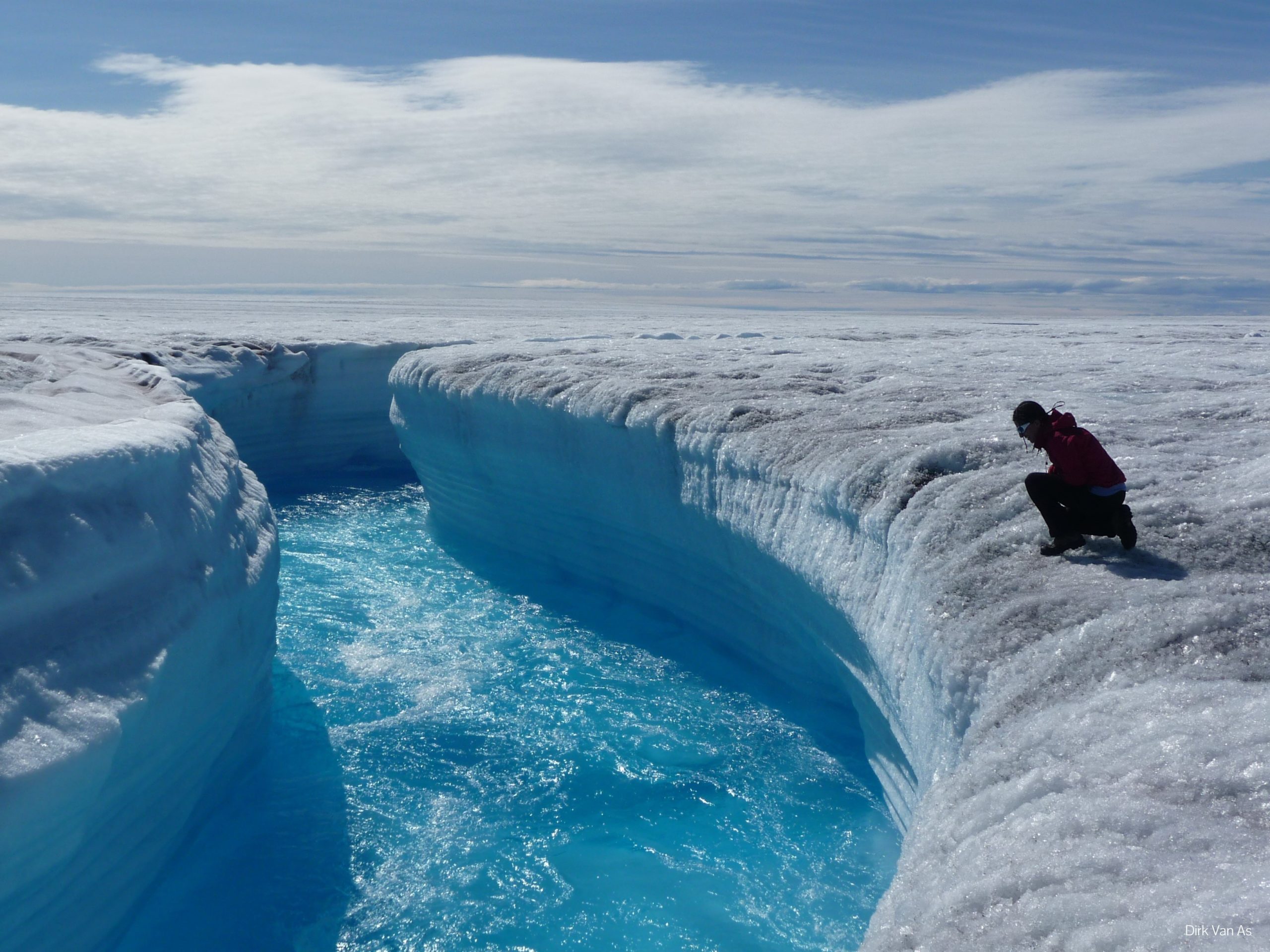
The Greenland ice sheet has been losing almost 300 billion tonnes of ice a year on average …..every year since 2002 !
300 billion tonnes of ice a year is equivalent to ALL THE WATER flowing over Niagara Falls every second of every minute of every hour of every day … all year round …
Multiplied by 3!
In 2019 the amount of ice lost from the Greenland ice sheet doubled to 600 billion tonnes of ice, which just melted away ….
This was equivalent to 6 Niagara Falls draining water into the Arctic ocean every minute of every day …. causing sea level to rise.
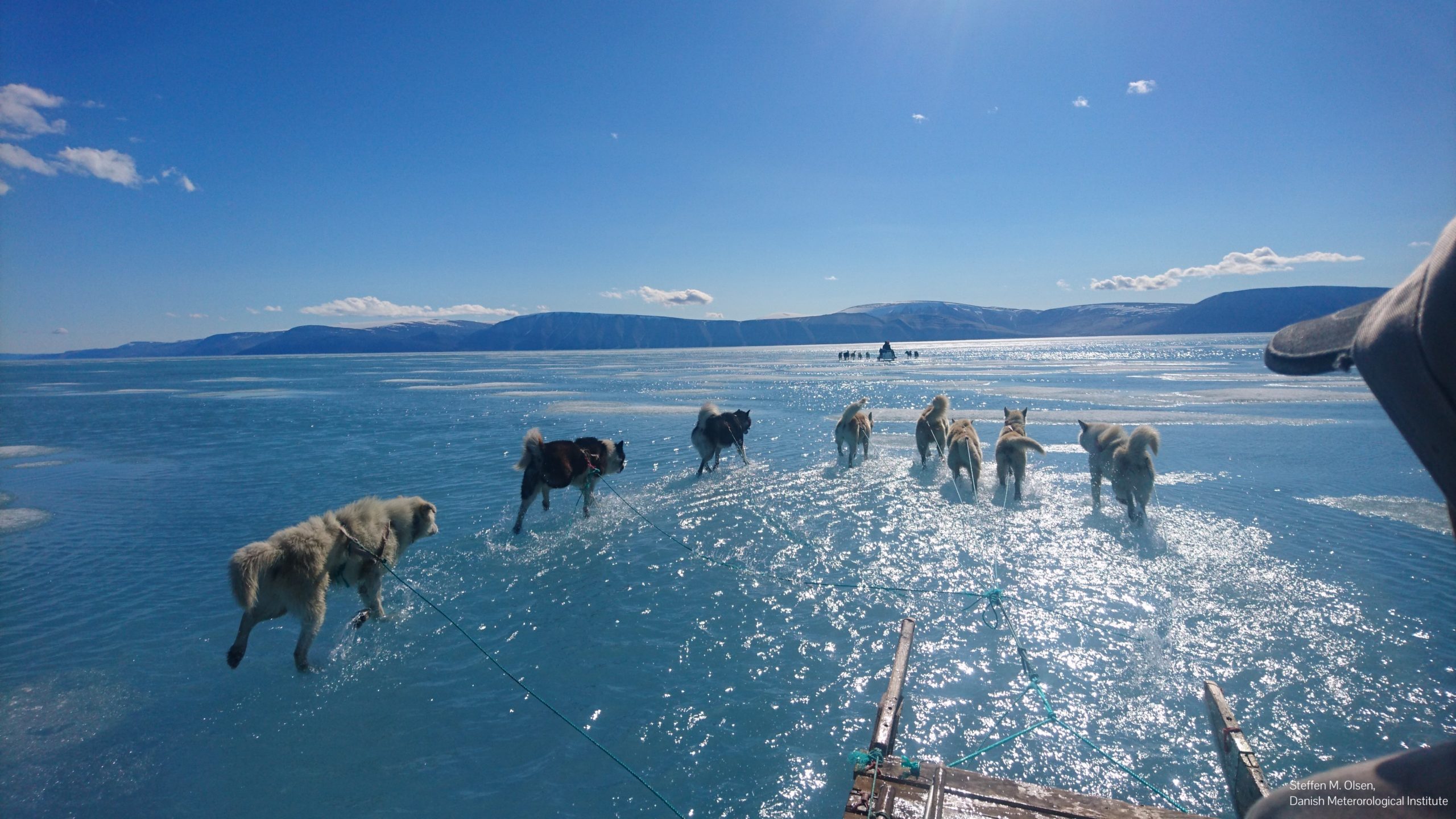
In 2019, melting occurred over 90% of the surface of the Greenland ice sheet in one day with temperatures rising up to 22°C above normal!
These huskies were forced to run through the melted surface flood waters.
2019 was an example of our looming future and shows how quickly the ice can melt as temperatures rise.
If the ice covering Greenland’s land area melted completely, sea level would rise 7 metres or 23 feet!
Trent L. Schindler/
NASA Scientific Visualization Studio
The Arctic sea ice, beside Greenland’s land ice, is also melting.
This visualisation produced by NASA shows the amount of ice left covering the Arctic ocean every summer from 1979 to 2019. In summer the sea ice reduces to its ‘minimum’ amount, before winter sea ice forms.
40% less ice now remains over the Arctic ocean at the end of the summer melt period as compared to the early 1980’s!
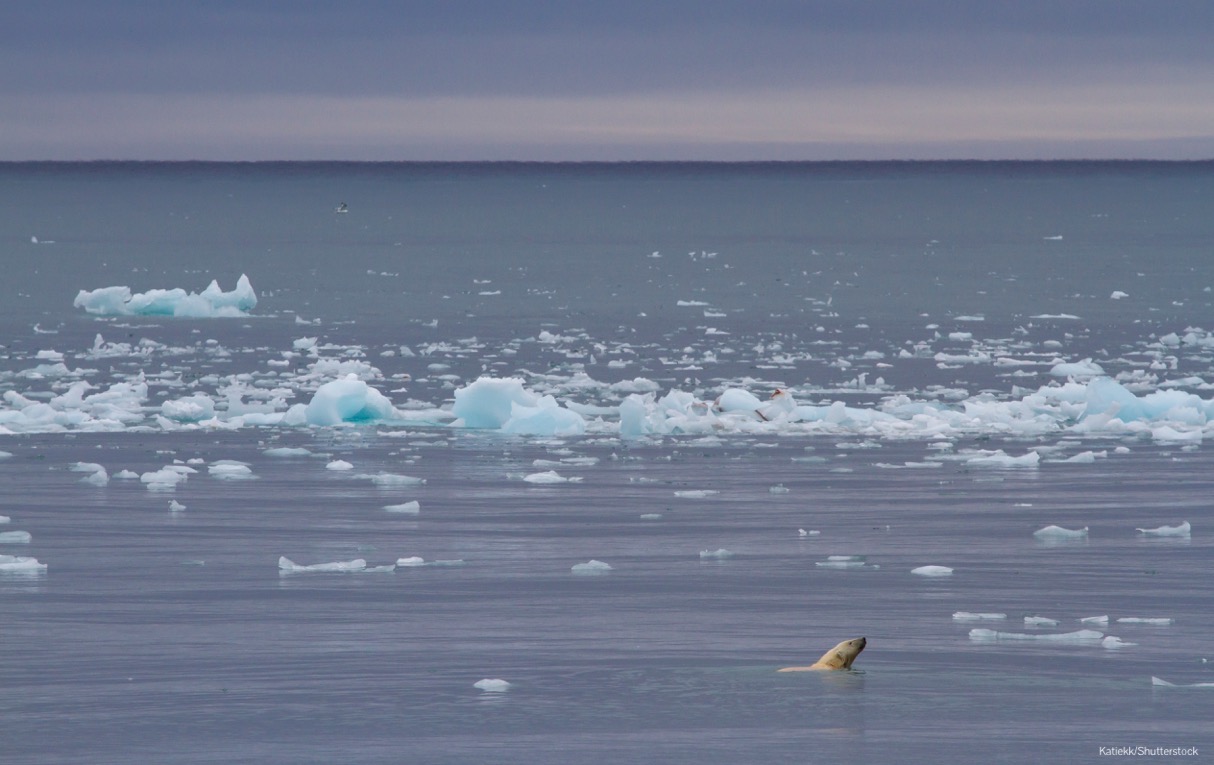
In 2019, an area of Arctic sea ice more than 12 times the size of the UK melted, which previously would have been ice-covered ocean at the end of the summer.
And this loss of summer sea ice over the Arctic ocean is continuing at a rate of over 12% per decade.
Before 2050, it is expected that all the ice over the Arctic ocean in summer will be gone!
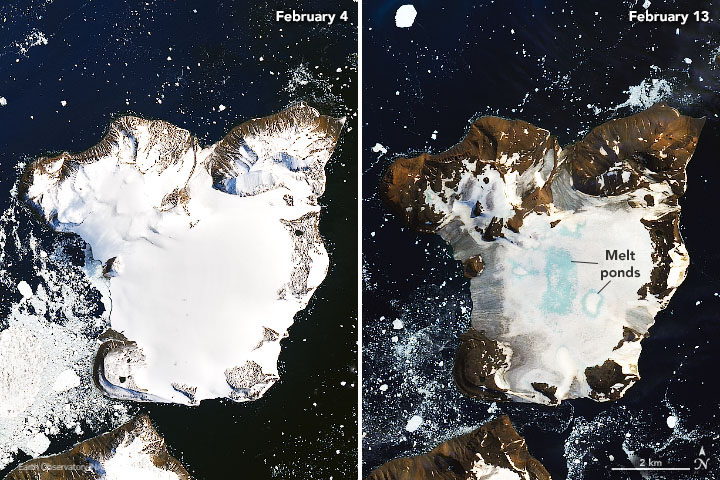
NASA Earth Observatory
At the South Pole the story is similar: Parts of the Antarctic ice sheet are melting
These images above show melting on the ice cap of Eagle Island in the Antarctic between Feb 4th and Feb 13th 2020 when temperatures rose to record levels. It melted 10 centimetres of Eagle Island’s seasonal snow accumulation or 20% of the island’s total seasonal snow accumulation.
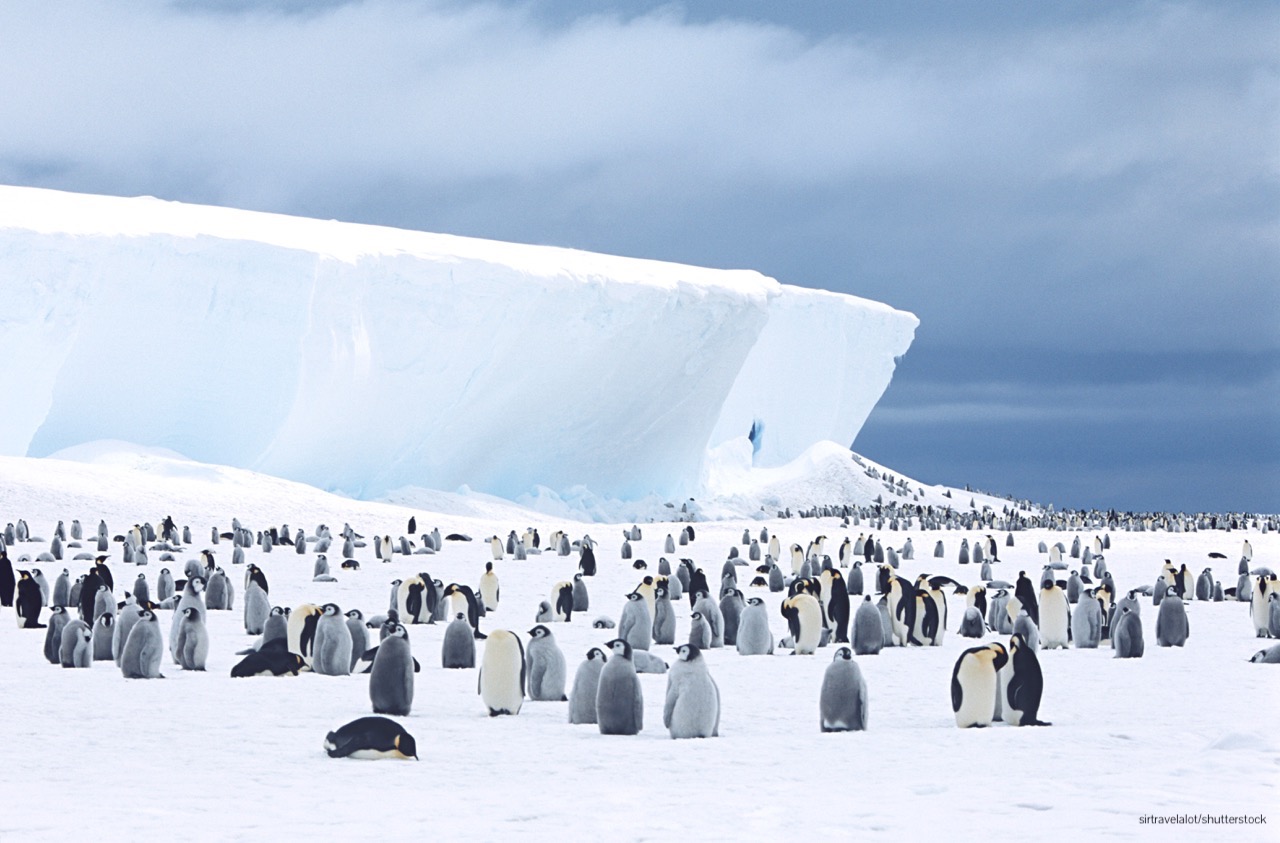
The Antarctic ice sheet is vast – about the size of the United States, India and Mexico combined, with the ice an average 2226 m deep but rising to a highest point of 4770 m or up to 3 miles deep at its most extreme.
The ice sheet contains 90% of the world’s ice by volume and 60% of the world’s fresh water.
If the Antarctic ice sheet were all to melt, sea level would rise over 60 m or almost 200 ft!
But parts of the ice sheets are melting:
The Antarctic ice sheet has been losing an average 150 billion tonnes of ice a year….. every year since 2002!
And the ice loss is increasing.
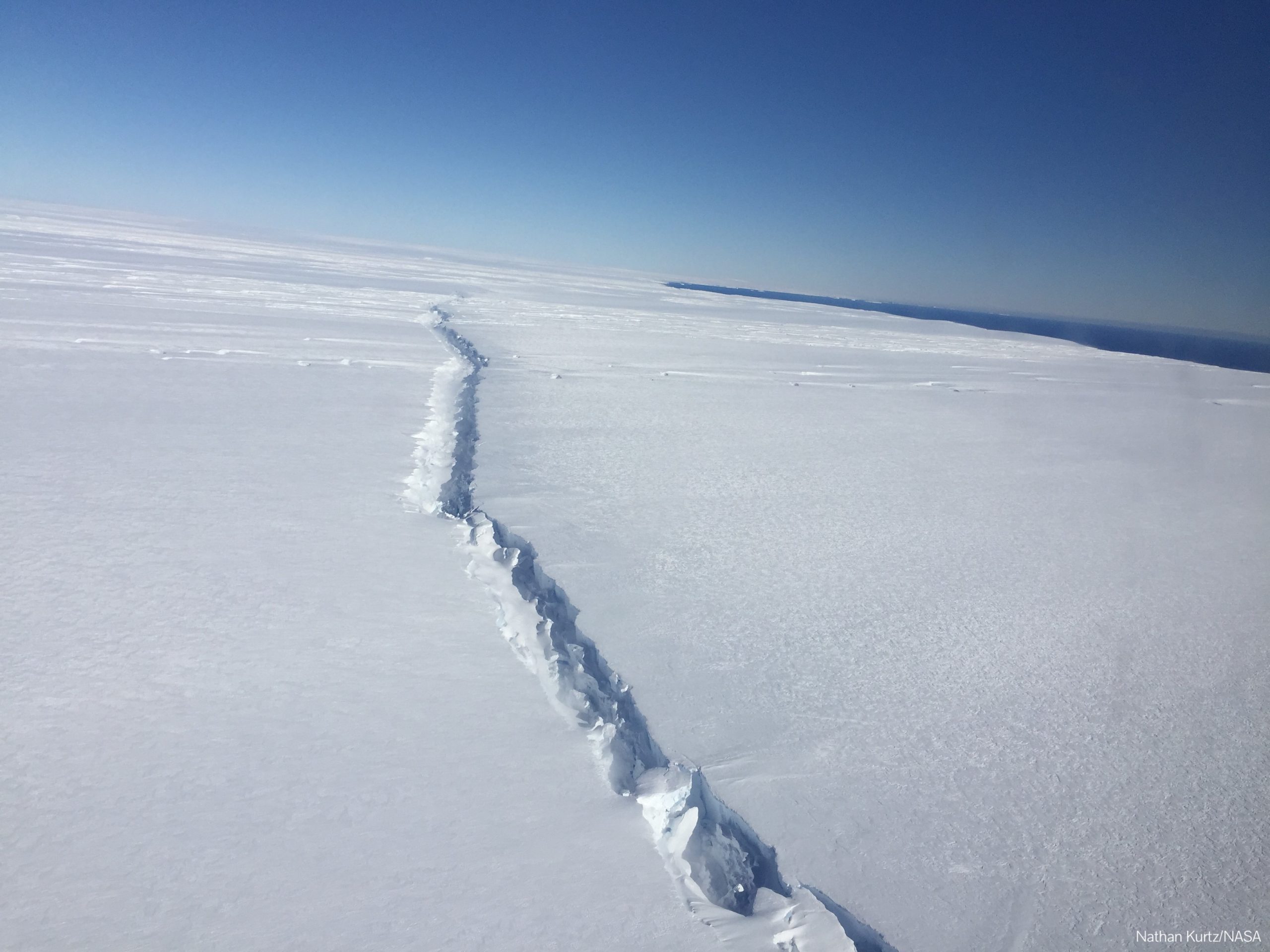
This image shows a rift in Pine Island Glacier ice shelf, West Antarctica in 2016, which was like a massive crack appearing in the ice sheet.
Then in February 2020, a vast iceberg, 300 km2 or 120 miles by 120 miles (!!), broke off from the ice shelf and quickly fragmented into the sea.
This means the ice sheet lost 300 km2 or 120 miles square’s worth of ice in one region alone in one event.
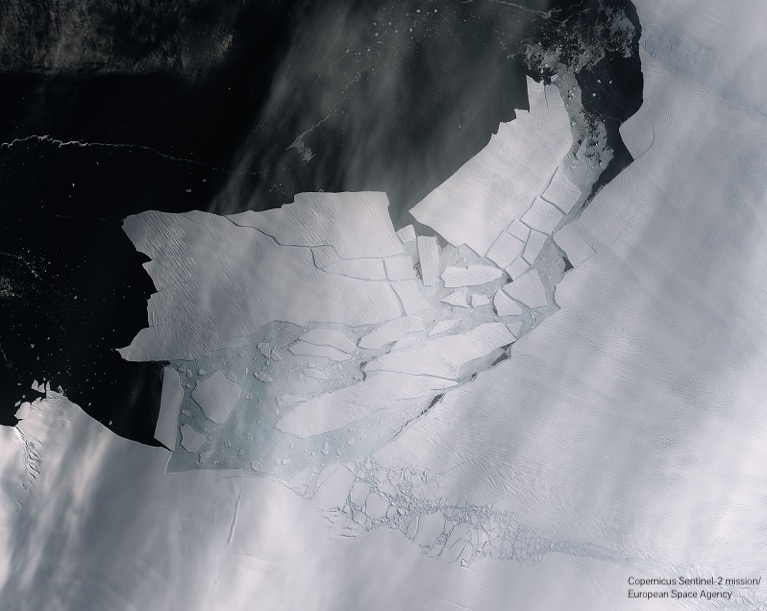
Here is an image taken on 11 February 2020 by the Copernicus Sentinel-2 mission courtesy of the European Space Agency, which shows the freshly broken ice bergs after the massive ice berg fragmented.
Large icebergs used to break off from Pine Island Glacier every four to six years but recently they are breaking off almost every year and the fear is the glacier and its neighbour, Thwaites Glacier, are progressively melting away.
This region has enough ice to raise sea level by 1.2 m or 4 feet!
Other glaciers around the world are also melting as the world warms: Losing up to 250 billion tonnes of ice a year
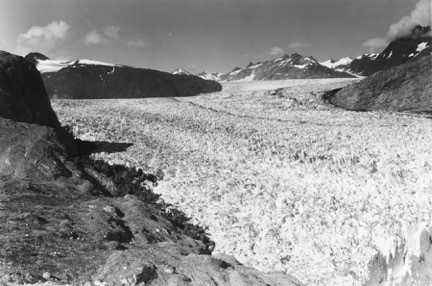
W. O. Field/National Snow and Ice Data Center
and Glacier Bay National Park and Preserve Archive
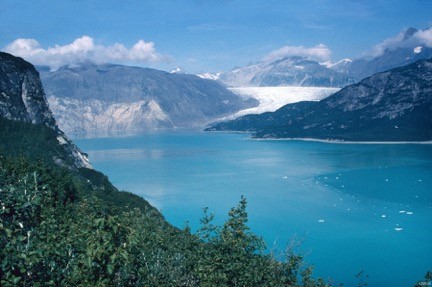
Boulder, Colorado USA: National Snow and Ice Data Center.
The glacier has retreated about 12 km or 7 miles and thinned by 800 m or over 2,600 ft !
So with the average loss of ice from the Greenland and Antarctic ice sheets and the world’s glaciers…
..all the water that flows over more than 7 Niagara Falls every second of every minute of every day all year round is flowing into our oceans from our planet’s melting ice every year.
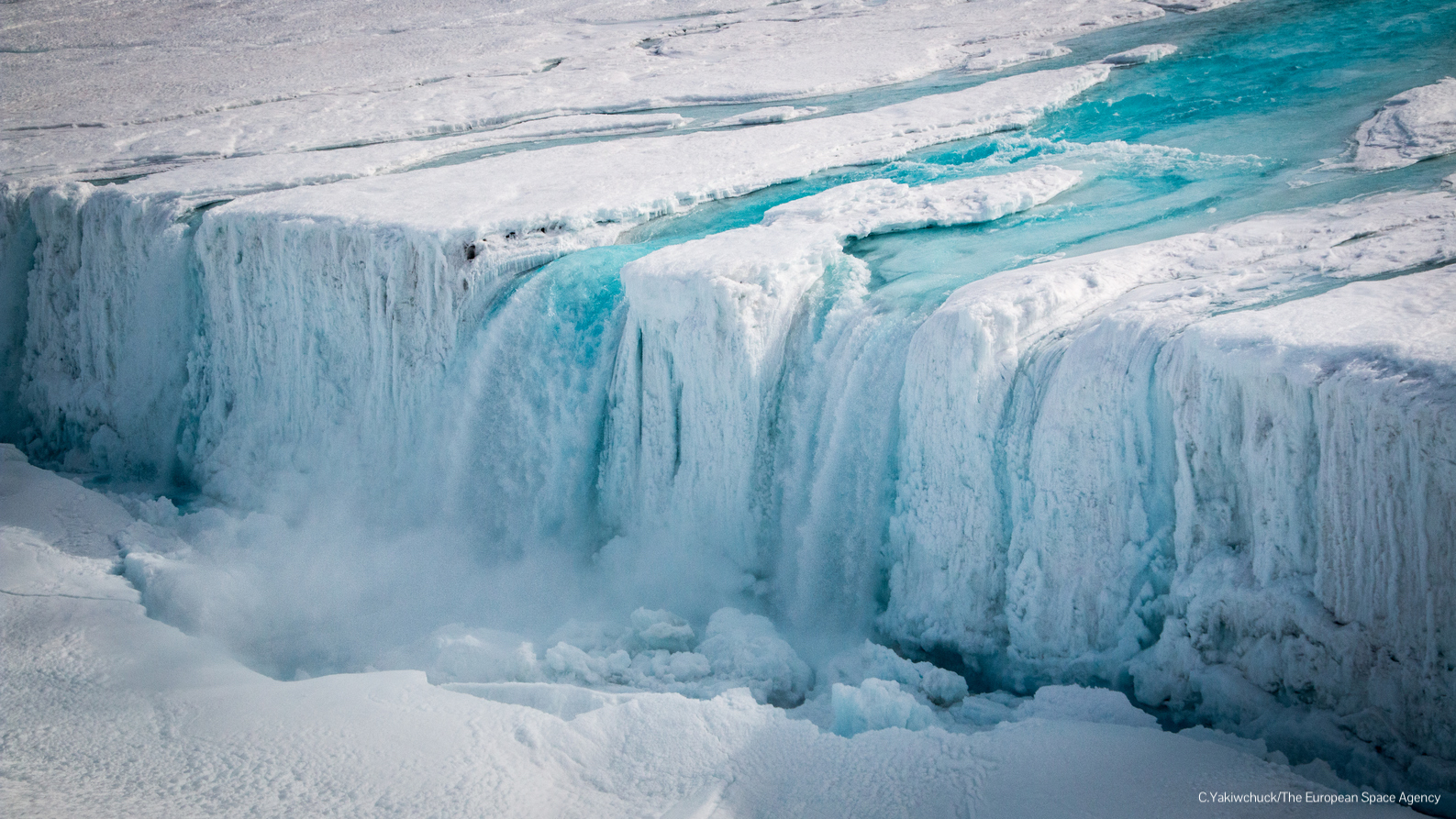
This waterfall above is in Antarctica – it’s not Niagara – it shows the scale of the ice loss!
In 2019, due to Greenland losing double the amount of ice of previous years, the amount of ice loss around the world increased to the equivalent of all the water running over about
11 Niagara Falls!
And in February 2020, for the first time ever on record, the temperature in one region of the Antarctic rose to 18.3°C !
Ice melts at 0° C !!
‘Ice Sheets are Dangerously Disintegrating Due to Fossil Fuel Burning’
“Thus, between the irreversible melting of portions of Greenland’s and Antarctica’s ice sheets, humanity has already committed itself to a 3 to 6 metre rise in sea level…
There is only one effective way to stop future planetary heating, and to do it quickly.
It is to swiftly transition away from burning fossil fuels and not invest in or continue to support development of these energy sources that are melting our planet’s ice.”
Professor Eric Rignot, Glaciologist ,
University of California Irvine
Here is footage of Antarctica’s shocking ice loss :
Video footage provided by
Won Sang Lee/ Korea Polar Research Institute
Video footage provided by
Won Sang Lee/ Korea Polar Research Institute
